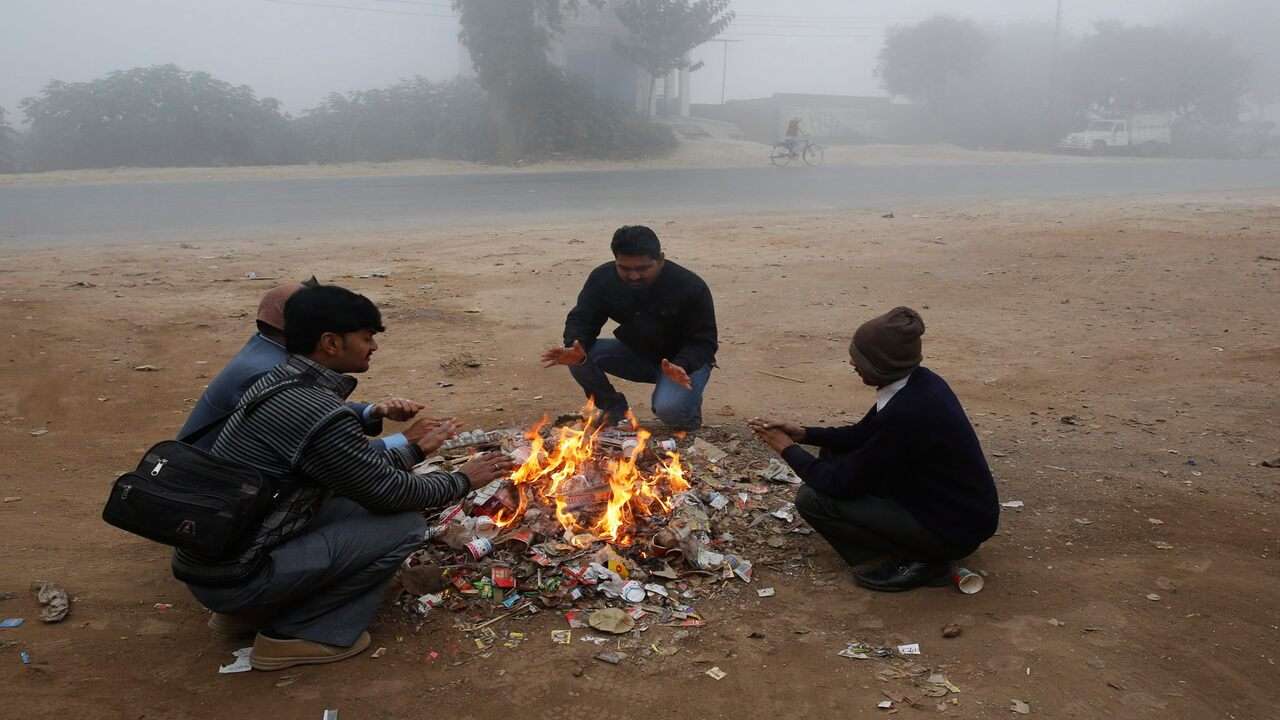
The weather has taken a turn in almost all the states of the country. The weather changes and the snowfall in the mountains after South India's cyclonic storms show their impact on the plains. Even before the beginning of December, the temperature in North India has started to fall.
According to the Meteorological Department's information, there is a possibility of dense fog in some parts of Tripura. At the same time, the central part of the Bay of South Bengal can move at a speed of 65 km per hour. Because of this, fishermen have been advised not to go to this area.
Current districtwise and stationwise nowcast at 1030IST today. For details, kindly visit: https://t.co/w8q0AaMm0I pic.twitter.com/vsTjQojOrP
— India Meteorological Department (@Indiametdept) November 30, 2020
The Meteorological Department says that in the early week of December, the temperature in North India may fall to around 11 to 10 degrees Celsius. This is expected to increase the cold further. However, there is relief from sun blossoms during the day in states like Madhya Pradesh, Uttar Pradesh, Bihar, etc. But night temperatures continue to fall.
On the other hand, cold has increased in the entire country, including Kolkata, the capital of West Bengal. In a statement issued on Monday by the Meteorological Department's regional headquarters in Alipur, it has been told that the highest temperature in Kolkata has been recorded at 29.1 degrees Celsius. In contrast, the minimum temperature has reached 15.7 degrees Celsius. When the temperature reaches around 15 degrees, it is bitterly cold at night and in the morning. In West Bengal, the temperature is generally lower in other parts of the state than in Kolkata. The minimum temperature in the hilly regions of North Bengal has fallen to around five degrees Celsius, due to which the areas are already experiencing severe cold.
A DEPRESSION HAS FORMED OVER SOUTHEAST BAY OF BENGAL pic.twitter.com/oUunqQNzOI
— India Meteorological Department (@Indiametdept) November 30, 2020
The cyclone formed due to the low pressure created in the Bay of Bengal has turned towards Tamil Nadu. Because of this, the sky of West Bengal is clear and not cloudy. Due to this, the westerly winds are entering easily, and the cold is increasing more.